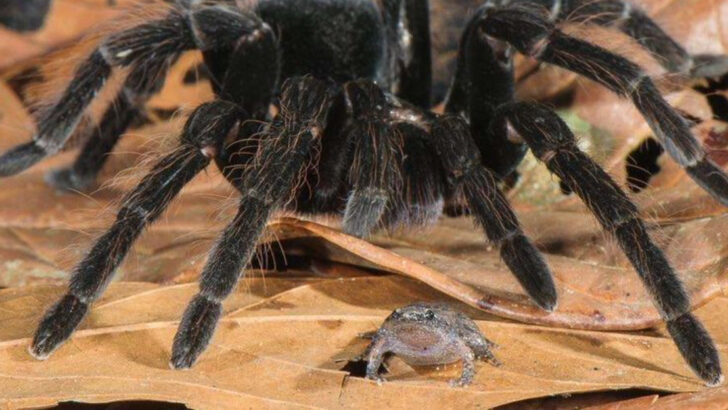Explore the fascinating and unexpected relationship between tarantulas and frogs, revealing how these two seemingly different creatures form a unique bond in the natural world.
This unlikely partnership showcases the intricate balance of ecosystems, where diverse species come together for mutual benefit.
In this post, discover ten intriguing facts about their interactions, survival tactics, and the surprising ways they support one another.
A Symbiotic Relationship
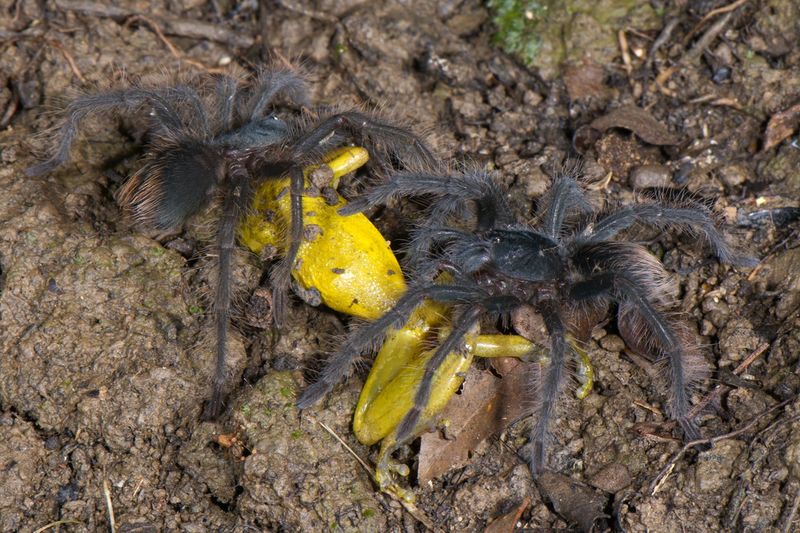
The tarantula and frog form an unusual yet effective partnership in nature. Together, they navigate the dense undergrowth of rainforests.
The frog offers the tarantula protection against ants that threaten their eggs. In return, the tarantula provides the frog with a safe haven. This mutualism highlights the innovative strategies animals develop for survival.
Not only do they share living spaces, but they also engage in an exchange of beneficial services. This dynamic duo exemplifies how species can thrive through cooperation. Their relationship is a testament to the wonders of evolution and adaptation.
Guardians of the Eggs
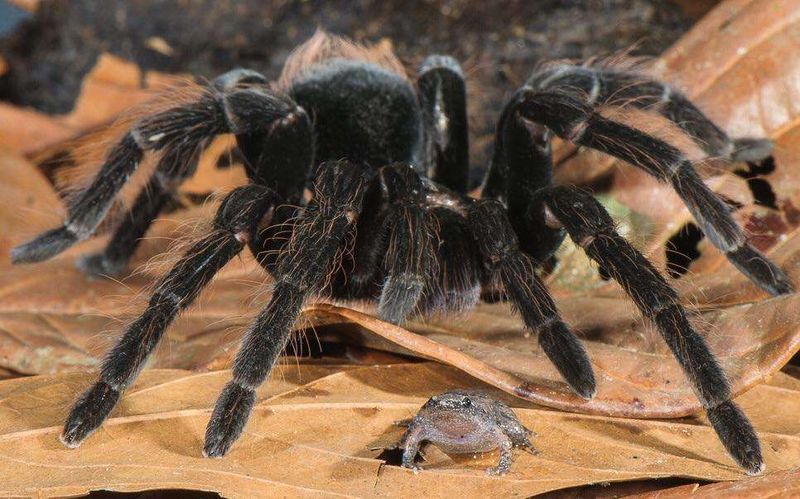
In the wild, tarantulas lay their eggs in secluded burrows. These nests are often targeted by predators like ants. Here, the tiny frog steps in as a vigilant guardian.
By standing watch over the tarantula’s eggs, the frog ensures their safety. This protective behavior is not borne out of altruism, though. The frog benefits from the shelter provided by the tarantula’s nest. Such interdependence underscores the complexity of ecological relationships.
It’s a fascinating example of how animals can work together for mutual gain, forging connections that defy expectations.
A Shelter for the Frog
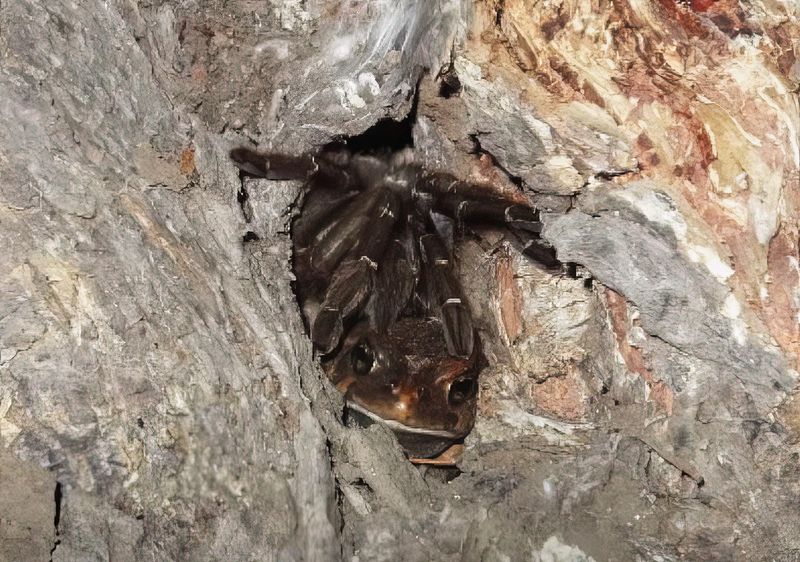
Tarantulas build intricate burrows that serve as homes for both themselves and their amphibian companions. These underground havens provide the frog with protection from larger predators.
The burrow’s structure offers a stable environment, free from the harsh conditions above ground. For the tarantula, the frog acts as a natural pest control agent. This symbiotic relationship allows both creatures to flourish in their shared habitat.
Their coexistence is a reminder of the interconnectedness of life, where each species plays a vital role in the ecosystem’s health.
Ant Deterrent
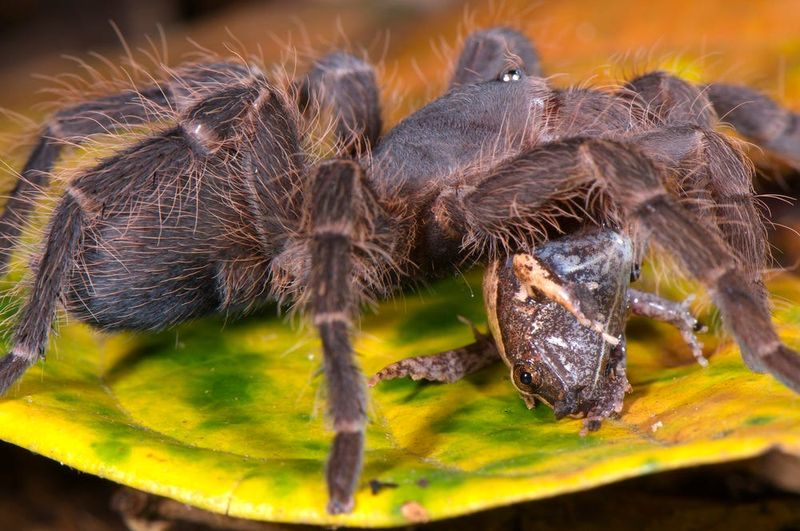
Ants pose a significant threat to tarantula eggs, often raiding nests for sustenance. The presence of a small frog acts as a deterrent.
The frog feeds on the ants, reducing their numbers and protecting the tarantula’s offspring. This alliance benefits both species in tangible ways. While the frog enjoys a readily available food source, the tarantula sleeps soundly knowing its young are safe.
Such relationships illustrate the resourcefulness of nature. By collaborating, these two species enhance their chances of survival, showcasing the power of mutual aid.
Unlikely Companions
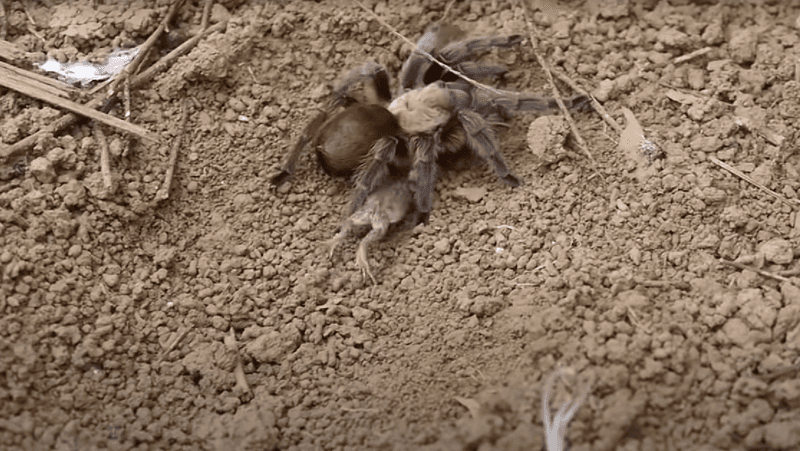
At first glance, a tarantula and a frog seem like ill-suited partners. Yet, their companionship defies traditional predator-prey dynamics.
Together, they navigate the challenges of their environment. Their collaboration is a testament to nature’s unpredictability, where unexpected friendships emerge. The tarantula offers strength, while the frog provides agility. Such partnerships reveal the multifaceted layers of ecological interactions.
By working together, they challenge our understanding of animal behavior, proving that even the most unlikely pairs can find common ground.
Shared Hunting Grounds
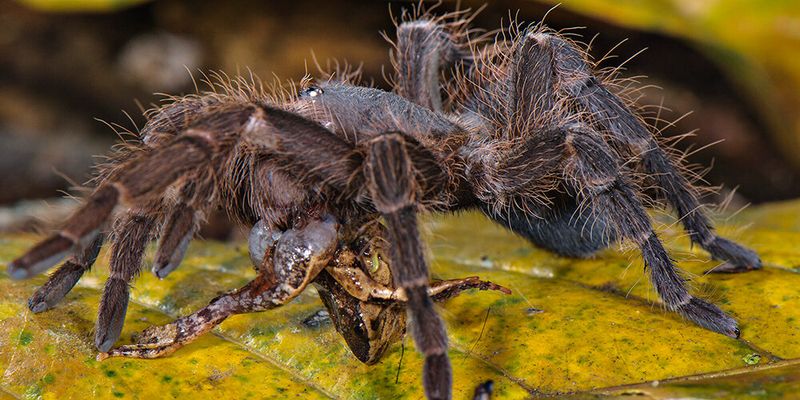
Tarantulas and frogs share hunting territories, capitalizing on each other’s strengths. The frog’s quick reflexes aid in catching smaller insects, while the tarantula targets larger prey.
This division of labor optimizes their foraging efforts. By cohabiting hunting grounds, they reduce competition and increase their collective fortunes. This cooperation is a prime example of evolutionary ingenuity.
It reflects how species adapt to environmental pressures by forming strategic alliances. Through collaboration, they enhance their survival prospects, demonstrating the benefits of teamwork in the wild.
Evolutionary Adaptations
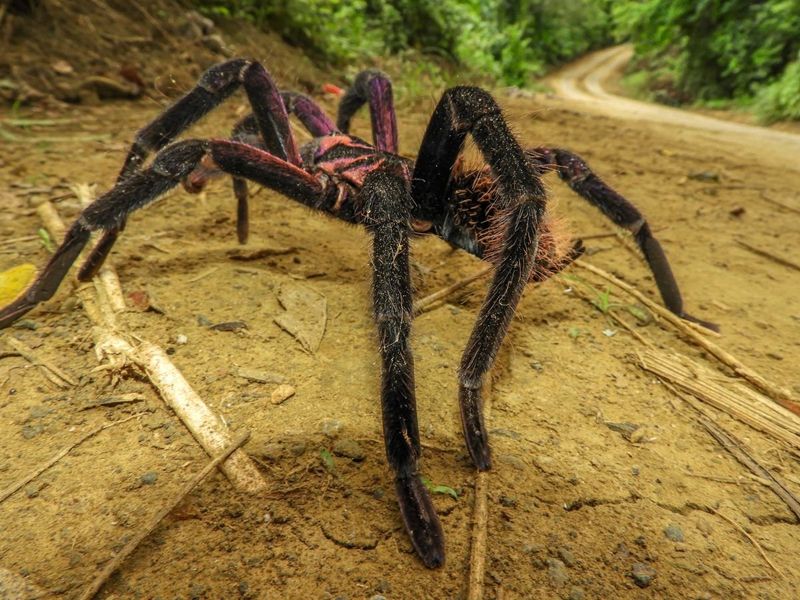
Both tarantulas and frogs have evolved unique adaptations to facilitate their partnership. Tarantulas possess strong defensive behaviors, while frogs have developed keen survival instincts.
These adaptations enable them to coexist harmoniously. Over time, their interactions have been fine-tuned by natural selection, enhancing their mutualistic relationship.
This evolutionary dance highlights the intricate balance of nature, where species evolve not only for self-preservation but also for symbiotic harmony. Their adaptations serve as a living testament to the power of evolution.
Diverse Habitats
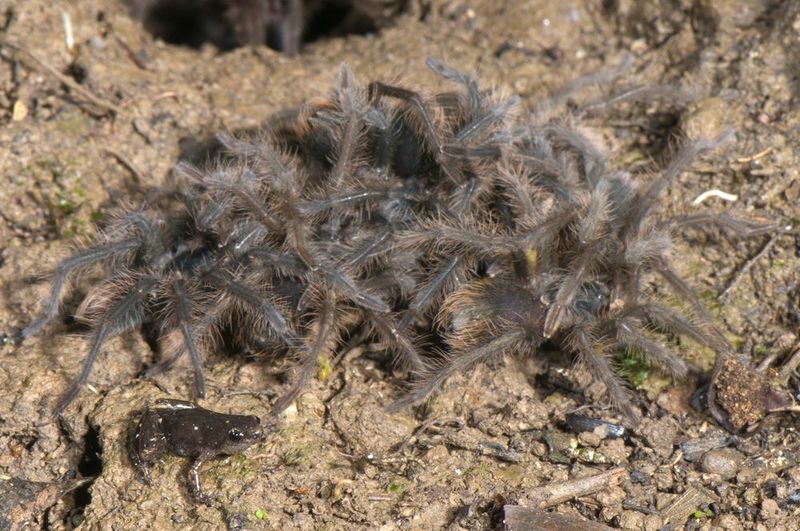
Tarantulas and frogs inhabit a variety of ecosystems, from dense rainforests to arid landscapes. Their ability to adapt to diverse habitats speaks to their resilience.
In each environment, they maintain a symbiotic relationship, showcasing their versatility. This adaptability is key to their survival, allowing them to thrive in changing conditions. Their presence across different habitats underscores the universality of their partnership.
It also highlights the broader ecological importance of such relationships, where cooperation transcends specific environments.
Lessons from Nature
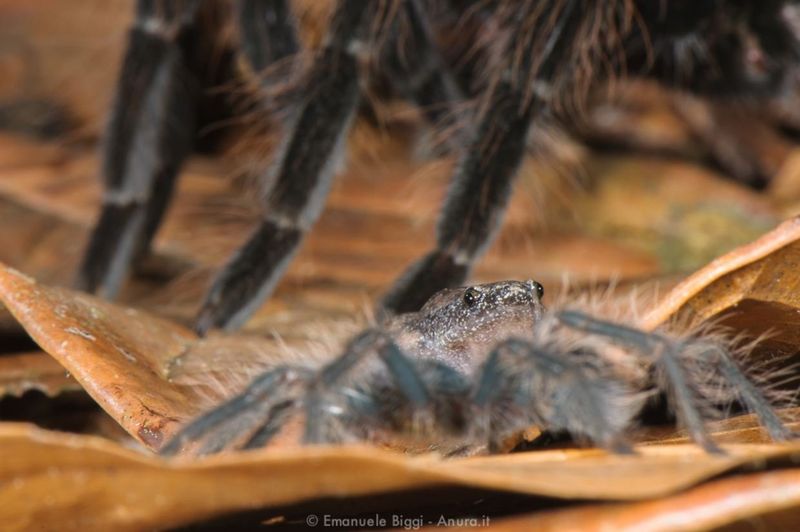
The partnership between tarantulas and frogs offers profound lessons in cooperation. It reminds us of the importance of working together to overcome challenges.
By observing their interactions, we gain insights into the value of mutual support and collaboration. These creatures embody the spirit of teamwork, where each plays a role in the other’s success.
Their relationship invites us to reflect on our own connections and the potential for synergy. It’s a powerful reminder that in nature, as in life, we are stronger together.
A Model for Ecosystems
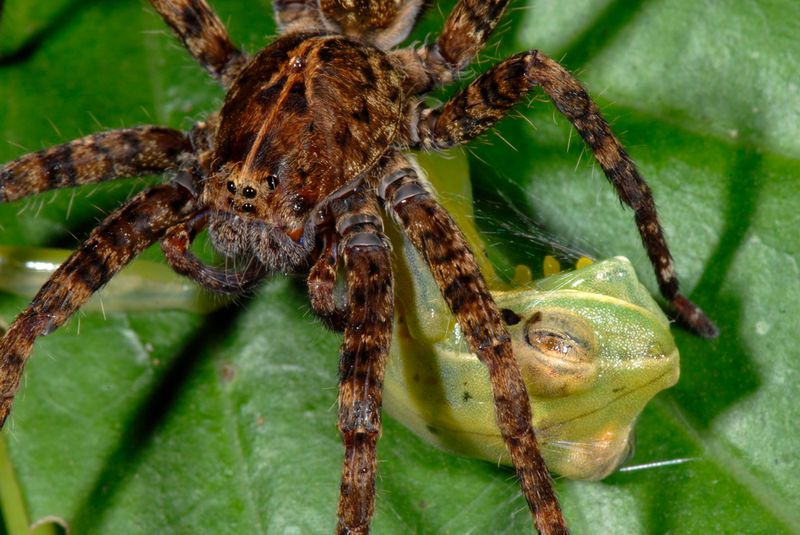
The tarantula-frog duo serves as a microcosm of larger ecological systems. Their relationship exemplifies the interconnectedness of life, where diverse species coexist in harmony.
This model offers valuable insights into ecosystem dynamics, highlighting the significance of biodiversity. By studying their interactions, scientists gain a better understanding of ecological balance and resilience. It emphasizes the importance of preserving such relationships for the health of our planet.
Their partnership is a beacon of hope for conservation efforts, showcasing the beauty and complexity of nature.

